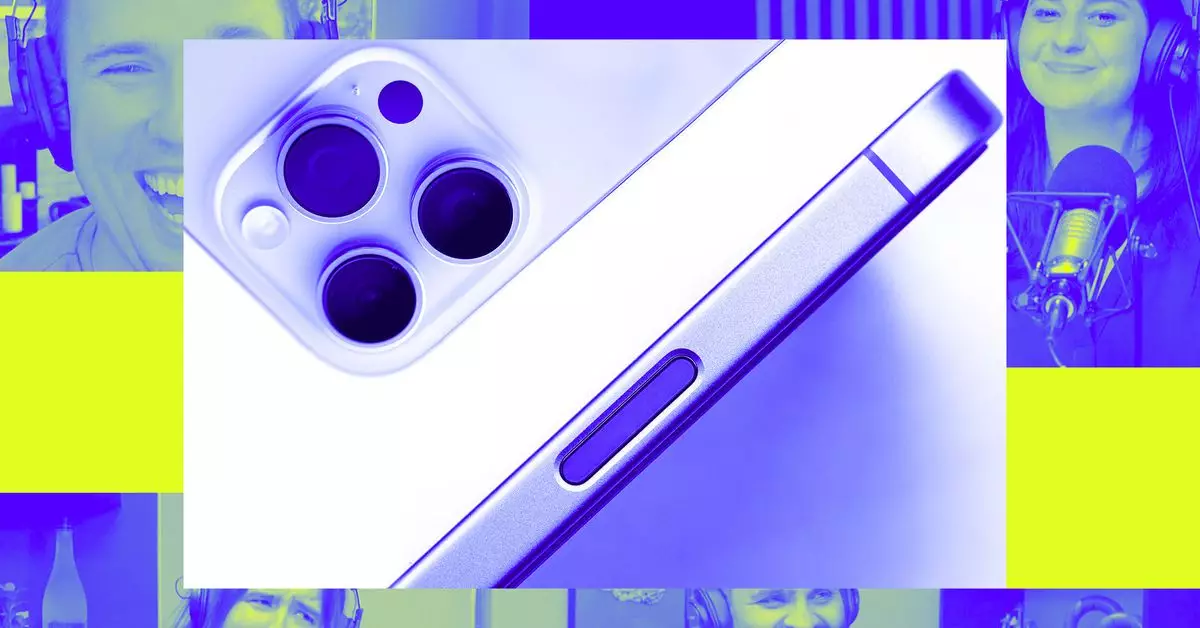In the fast-paced world of consumer technology, the release of any new smartphone is a high-profile event met with eager anticipation. The iPhone 16, Apple’s latest installment, has proven to be a testament to this trend, showcasing significant improvements that align closely with consumer expectations rather than game-changing innovations. While many might argue that the excitement surrounding new devices has dwindled compared to previous years, the iPhone 16 serves as a reminder that sometimes, consistency can be just as compelling as transformation.
The iPhone 16 continues the legacy of its predecessors by refining existing technology and delivering enhancements that, while noteworthy, don’t disrupt the status quo. Features like improved cameras, better battery life, and sleeker design updates emerge as reliable hallmarks of Apple’s strategy. These advancements are appreciated by users but spark a discussion around the absence of groundbreaking innovations in the smartphone arena. As technology becomes increasingly sophisticated, the expectation for dramatic shifts in capabilities seems to have plateaued, hinting at a shift towards incremental upgrades rather than revolutionary designs.
An intriguing aspect of modern tech discussions revolves around the role of artificial intelligence. In a recent episode of The Vergecast, tech enthusiasts explored the concept of using AI to interpret and explain product information, particularly surrounding the iPhone 16. The introduction of “Joannabot,” an AI chatbot focused on iPhone knowledge, underscores the potential of AI in consumer tech. Although the iPhone 16 doesn’t exclusively leverage sophisticated AI features, the dialogue surrounding this technology highlights its growing importance in enhancing user experience and understanding.
While the Joannabot embodies the idea of an AI assistant, it also serves to illuminate the limitations of current smartphone capabilities. By focusing on a single product, the Joannabot reflects a growing tendency for users to rely on AI as a primary source of knowledge regarding their devices. This reliance raises questions about the balance between human and machine understanding in navigating the intricacies of technology.
While the iPhone 16 takes center stage, the tech landscape also features exciting developments in other areas. The newly released Snap Spectacles, for instance, emphasize a growing interest in augmented reality (AR) devices. Discussions about their practicality, design, and future implications suggest the tech community is actively exploring new frontiers. As with the iPhone, the conversation reveals a sense of cautious optimism, as users and developers gauge the potential of AR in everyday life.
In addition, conversations about platforms like YouTube and their evolution showcase how interconnected the tech ecosystem is becoming. The exploration of social media policies, particularly regarding youth engagement and AI-driven content creation, suggests a broader paradigm shift. The landscape is no longer just about augmenting existing devices but also about redefining how users interact with technology on various platforms.
While the iPhone 16 may not have shattered boundaries in technological innovation, it symbolizes a crucial point in the evolution of consumer tech—where nurturing familiarity may be as vital as pursuing radical change. By analyzing the interplay between established devices and emerging technologies like AI and AR, we can better understand the current and future tech landscape.

